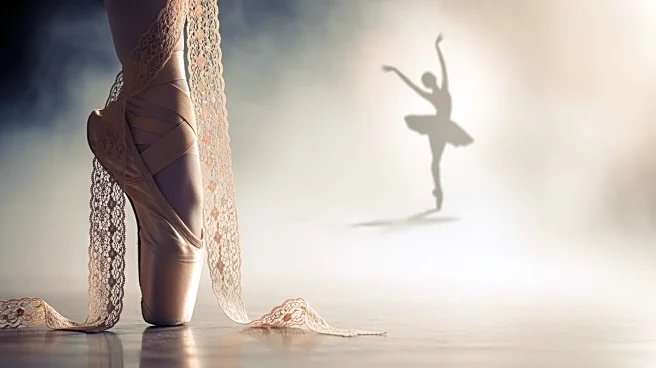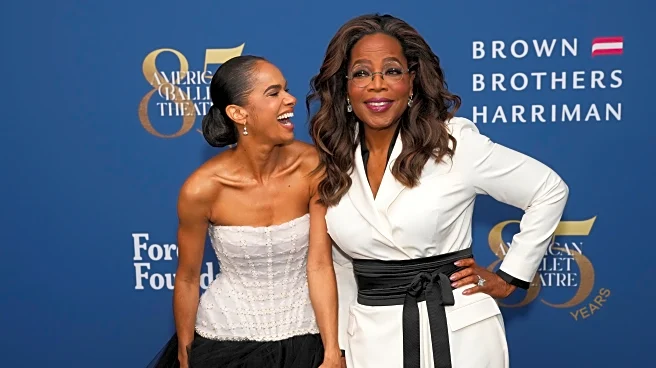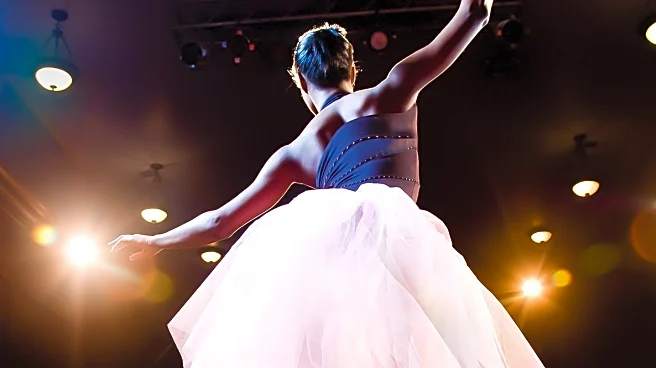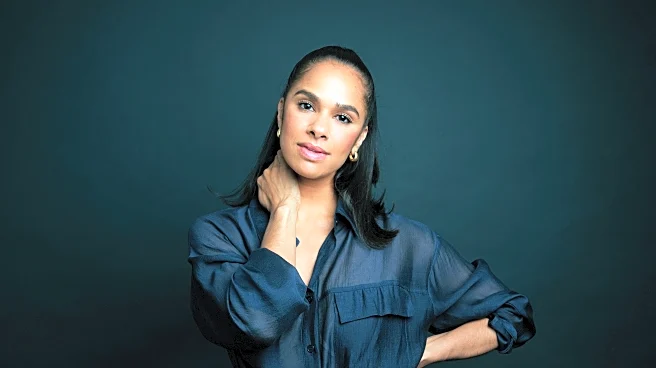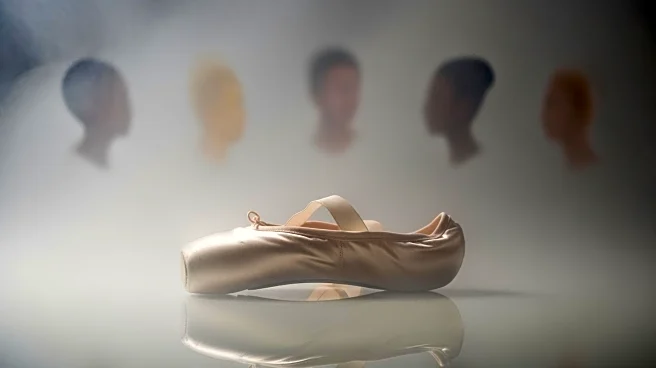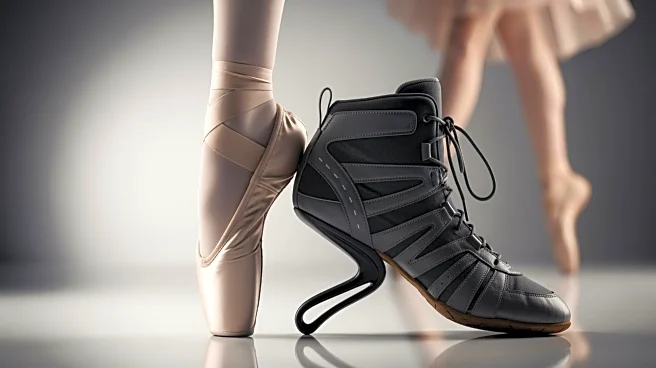What's Happening?
Misty Copeland, the first Black female principal dancer at American Ballet Theatre (ABT), has retired after a trailblazing career. Her final performance took place at a star-studded gala at Lincoln Center, attended by notable figures such as Oprah Winfrey
and Debbie Allen. Copeland, who has been an ambassador for diversity in ballet, performed a duet as Juliet, her favorite role, alongside Calvin Royal III, ABT's first Black male principal dancer in two decades. The event included speeches, film clips, and performances honoring Copeland's contributions to the dance world. Despite retiring from ABT, Copeland plans to continue influencing the ballet community through her foundation and other endeavors.
Why It's Important?
Copeland's retirement marks the end of an era for ABT, as she was a pivotal figure in promoting diversity within the ballet community. Her career has inspired many young dancers of color, challenging the traditional norms of an overwhelmingly white art form. Her departure raises concerns about the representation of Black female principal dancers at ABT, highlighting ongoing challenges in diversity, equity, and inclusion efforts. Copeland's influence extends beyond the stage, as she continues to advocate for change through her foundation and educational programs, ensuring her legacy in the dance world persists.
What's Next?
While Copeland has retired from ABT, she has not ruled out future performances. She plans to focus on her foundation's initiatives, such as the 'Be Bold' afterschool program, which aims to increase diversity in dance. Copeland's continued involvement in advocacy and education suggests she will remain a significant figure in shaping the future of ballet. Her retirement may prompt discussions within the dance community about the importance of diversity and representation, potentially influencing hiring practices and program development at major ballet companies.
Beyond the Headlines
Copeland's career has highlighted the cultural and ethical dimensions of diversity in the arts. Her success challenges stereotypes and broadens the perception of who can excel in ballet. As she transitions to new roles, Copeland's work may inspire broader societal shifts in how diversity is approached in other artistic fields. Her story underscores the importance of representation and the impact of role models in empowering marginalized communities.
